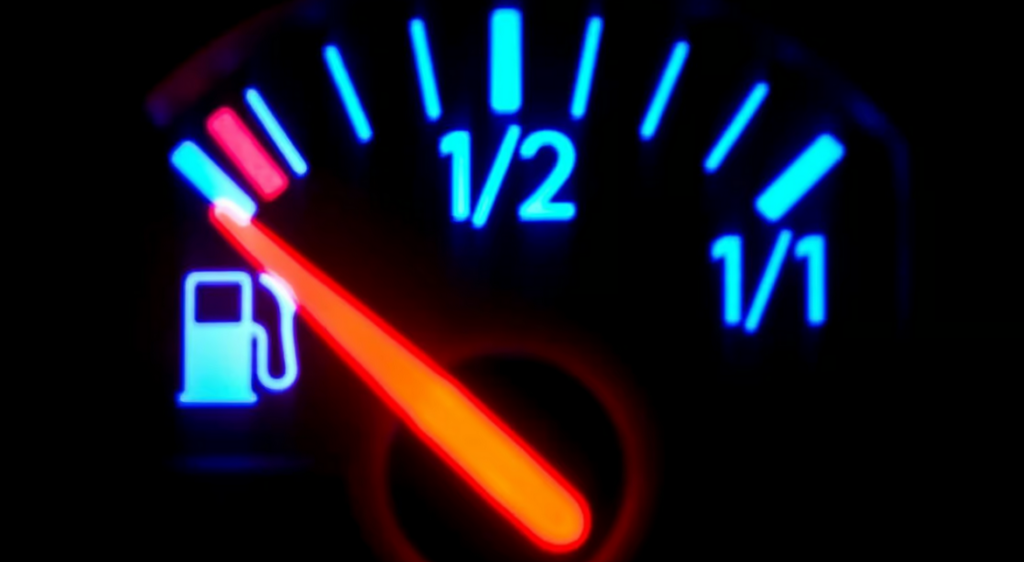In a recent survey, an alarming 79 percent of Americans expressed discontent with the current direction of the United States, primarily due to economic concerns. The rising cost of living has significantly outpaced wage growth over the past four years, leading to a marked decline in the standard of living for many citizens. This grim economic landscape comprises tens of millions who feel financially strained, resulting in the failure of businesses across various sectors. These sentiments are echoed in the home improvement industry, a traditional economic predictor, struggling considerably at present. Such downturns signal broader issues facing the American economy and reflect the substantial dissatisfaction felt by the populace.
The home improvement sector is particularly telling of economic conditions, with True Value, a 75-year-old hardware chain, recently filing for bankruptcy and intending to sell most of its operations. The firm’s situation illustrates the difficulties faced by this industry segment. Additionally, Home Depot’s forecast for 2024 paints a dismal picture, expecting a 3% to 4% decrease in comparable sales from the previous year — a significant downward adjustment indicating a lack of consumer spending. The company has been shedding warehouse space, another telling sign of weakened market confidence. Similarly, PPG, a major manufacturer of paints and coatings, announced plans to cut nearly 2,000 jobs to mitigate operational costs, underscoring the strain on businesses linked to the home improvement sector.
As retail trends worsen, drug stores are also experiencing a wave of closures, with Walgreens planning to shutter 1,200 locations over the next three years due to sluggish consumer spending. Such drastic measures underscore the company’s bleak outlook and reflect broader financial stress impacting various sectors, including restaurants. For instance, TGI Fridays has closed numerous locations nationwide, further evidencing the strained economic environment. The persistent closures across these industries reinforce a narrative that many consumers are left with little discretionary income, prompting businesses to make significant operational adjustments.
In addition to the retail and service sectors feeling the pinch, the church community is not immune, as evidenced by a recent study indicating a decline in financial contributions from congregants. Many Protestant pastors attribute dwindling church offerings to the prevailing poor economic conditions. This is suggestive of a pervasive atmosphere of financial uncertainty, prompting people to retract their spending, influencing even aspects of community life that rely on donations and economic stability. The confluence of these issues illustrates a desperate financial landscape characterized by stress and frustration among consumers, further compounded by rising inflation and economic challenges faced by many American families.
Media portrayals of a thriving economy seem disconnected from the reality faced by many, as corporate outlets suggest a robust recovery that fails to reflect consumer sentiments. High inflation combined with rising interest rates has forced families to deplete savings or incur hefty credit card debt, leading to overwhelming financial strain, particularly among low- to middle-income households. As noted by financial expert Gerald Storch, consumers are “running out of money.” His commentary highlights a critical dynamic in which income barely keeps pace with increasing costs, creating a precarious situation for many.
Amidst these economic challenges, a sense of frustration is growing, likely impacting political landscapes, especially as the presidential election approaches. The cumulative effect of financial strain on voters may significantly influence electoral outcomes, framing the economic discourse as critical to future governing strategies. As expressed by Michael Snyder in his commentary, there is an urgent need for hope in these challenging times, intertwining economic realities with deeper questions about societal values and priorities. The current state of economic affairs serves as a stark reminder of the interrelated nature of economic health and community well-being, compelling a reflection on how these factors will play out in the coming political season.

